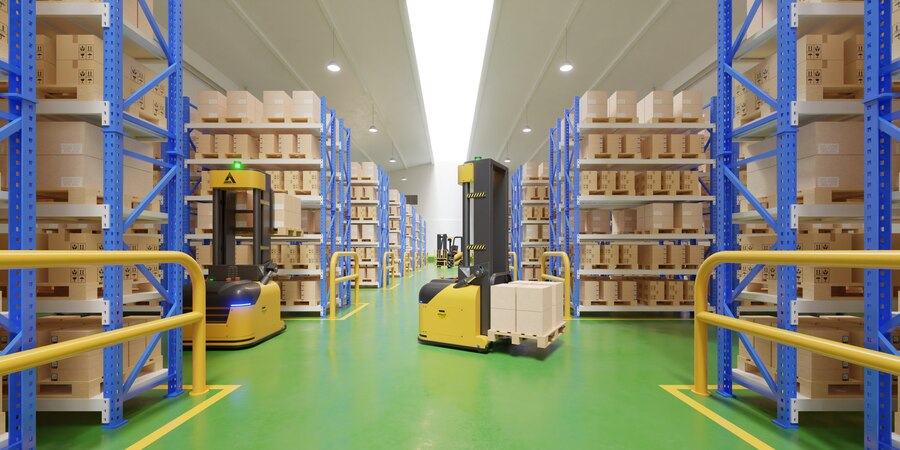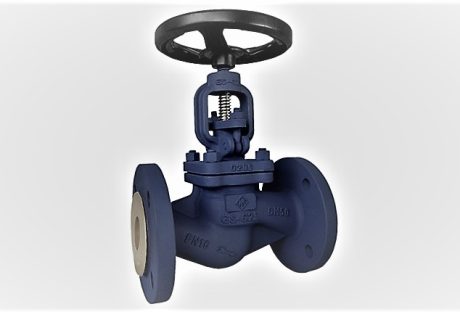Internal logistics can be overwhelming and expensive. Any organization that wants to raise its bottom line must institute policies to improve logistics processes. One of the key ways to optimize internal logistics is by adopting automation tools. If your goal is to increase revenue and decrease the cost of operation, you have to embrace automation development.
Since the first industrial revolution, the production and movement of goods have been improving through technological breakthroughs. And you should use these modern technologies.
5 Advantages Of Using The Internal Logistics

Today, more advanced technology has given birth to automation solutions that offer minimal human intervention and maximum efficiency. That said, here is the reason you should automate internal logistics:
1. Reduction In Cost Of Operation
Automation tools decrease the number of workers you need to execute tasks. For example, if a task requires 10 workers for manual execution, about 5 persons can perform the same task within the same time frame using automation solutions. As a result, you can reduce the cost of operation since you will not need human resources as much as before.
Every industry is spending around 30% of its total revenue on its internal logistics. This is a pretty high amount. At the same time, you start to spread your business.
When you adopt automatic systems, you can eliminate these increased costs. At the start of installing the automatic system, you have to spend a bulk amount of money. But it proves to be a more cost-effective solution in the long run.
2. Increase In Efficiency
Why are you using the employee resources for moving the materials around? You can automate these tasks with maximum efficiency and make the process even faster. Automation tools like robots are programmed for internal logistics function in a certain way. Once they are set up, you are sure of fast and efficient delivery.
They work based on algorithms and other cutting technologies; all things being equal, they can be trusted. Robots effectively replace humans and get things done intelligently. For instance, AMR robots are super intelligent and built to help companies optimize their logistics systems effectively.
3. Boost In Productivity
With automation internal logistics solutions, you can have your workers focus on higher-value activities. After replacing humans with robots at various units, you will have to deploy them to other departments to work on productive tasks requiring only humans.
By automating the materials carrier, your company can optimize the company productivity and schedule the product deliveries more effectively. And on the other hand, you can reduce production costs and make the process even fast and more accurate.
4. Plant’s Safety Concern
In manual internal logistics functions, the whole system is less safe. This means safety is always a big issue. This is the reason plant safety concerns are a big headache for every company. The loss of human life is a big disaster and directly impacts the company’s reputation.
When you are adopting an automatic system, you are reducing your plant’s operational cost. Along with the operational cost, your plant’s safety factors are also increasing. After the pandemic, this is required to reduce the worker’s numbers in the plants.
Every plant has to maintain safe distance protocols. The accident chances are also decreasing as every machine is starting to run on the basis of the programming. Auto shut-off options are always there.
5. This Is An Error Free Process:
Mismanagement in internal logistics costs a considerable amount of money loss. This is the reason when you are adopting an automatic system. Your systems are going to be a much more error-free process. The excessive workforce in a plant is making things more complicated. And not only that, for monotonous work, robots are always the best solution.
Yes, the breakdown is always possible. But those numbers are very low. And you can easily bear that excess cost. Your plant production is getting higher. So it is always possible to bear those extra costs.
Wrapping Up:
Every plant needs a well-functioning internal logistics system. And if your plant has an automatic system, you can quickly improve your production numbers. For monotonously repeated works, this process is proved to be more profitable. What is your goal for the internal logistic system? Let us know through the comment sections.
Read Also:
























